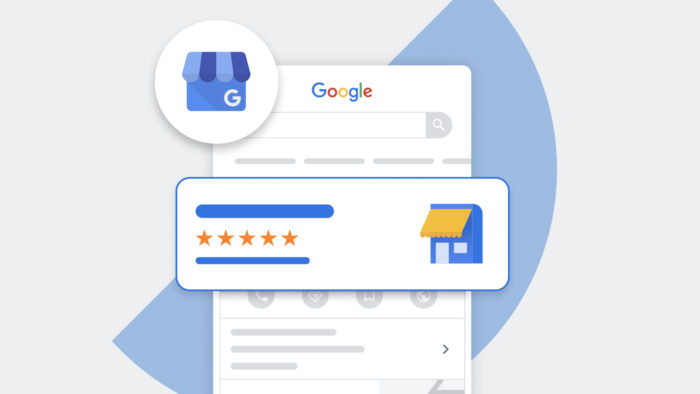Every business owner knows there is no avoiding the internet these days, and many businesses effectively use the internet to market and promote their goods and services. What every business owner knows is that when it comes to the internet, Google is king. Google’s market share of internet searches far exceeds its next three closest competitors, combined. Not only does Google dominate internet search results, but they also provide the first impression of your business through its Google Business Profile listings.
What Is Google Business Profile?
Google Business Profile gives people who are searching for your business or organization an initial snapshot of your business. This can be helpful in that it provides the user instant information – your business name, hours, location, phone number, etc.
Additionally, and perhaps most importantly, Google also allows users to leave reviews about their experience with your business. As many people have experienced, this can be both a blessing and a curse.
While many customers write genuine reviews about their experiences with your business, some bad actors have figured out how to use this platform to attack businesses or even individuals that they have issues with. The goal of this article is to provide you with an idea of what to do if you find yourself or your business in this unfortunate situation.
How to Handle a Bad Google Review
1. Be Sure You Have Ownership of the Google Business Listing
The very first thing you must do is have full ownership of your Google Business Profile. Having verified ownership gives your Google account the ability to update business information, respond to reviews, and obtain data for your verified listing. Claiming your profile also avoids someone else from claiming your business as their own.
If you already have verified owner access to your Business Listing, you’re ready for Step #2. If you need to obtain ownership, check out Google’s guide on How to Request Ownership of a Business Profile.
2. Identify the Review’s Author
The first step to take when dealing with a review is to try and identify the author. Check your records, ask your employees, and think back to any complaints you have received in the past to determine whether the review could be from a legitimate customer or client. If the review is legitimate, that can change the course of action.
3. Preserve the Review
Once you have determined the author of the review, the next step is to preserve the review. Take a picture or screenshot of the review and the profile it came from. Copy the URL where the review is listed. A copy of the review will be necessary later if you decide to take any action against the author.
4. Report the Review to Google
Before taking any additional steps, it is always worth a try to report the review to Google for removal. Google’s terms of service dictate that reviews are supposed to be based on the user’s “genuine experience at a place or business”. If the review is not about your business or contains some form of other prohibited content, Google may take the review down on its own. However, Google cannot be held liable for content posted by its users, so unless a review blatantly violates Google’s Terms of Service, Google likely won’t take it down.
5. Reach Out to the Author
You can respond through your verified Google account to any review, but you should be careful in how you respond to negative reviews in particular, as those responses will be published right under the review, because that will also be published. If the review is simply from an unhappy customer who didn’t have a great experience, it’s best to respond to the review in a positive light and offer to discuss the matter offline.
If you’re able to determine the identity of the review author, the next step is to reach out to them. If you draft a letter to the author, make sure that you’re relying on a sound legal basis to demand the removal of the review. Be confident in your position without resorting to hyperbole. A strong demand letter can short-circuit costly and lengthy litigation.
6. Resort to Litigation
If these efforts are not successful, the last option to get a review removed is to file a lawsuit against the author. Whether you know the identity of the author or not, you may be able to initiate a lawsuit for a variety of claims against the author of the review. Once you obtain a court order stating that the content of the review is false, you can then present that order to Google, and in most circumstances, they will remove the review.
Google is protected by Section 230 of the Communications Decency Act, which provides companies like Google immunity for posts made by its users on the Internet. A thread you will see throughout this blog, and one of the most important things from this article to remember is, YOU CANNOT SUE GOOGLE FOR REVIEWS WRITTEN BY GOOGLE USERS.

Knowing these steps, you should be able to take action against negative reviews. Should you need to take further legal action, there are many factors to consider in filing a lawsuit about a review. Where to file, against whom, and what you are asking for are some of the biggest considerations. The best course of action if you are considering litigating over a Google Review is to consult with an experienced attorney with Buckingham, Doolittle & Burroughs, LLC.
Contact our internet defamation team at andrewstebbins@bdblaw.com or call 440.578.090 to set up a free consultation and discuss your matter today.





